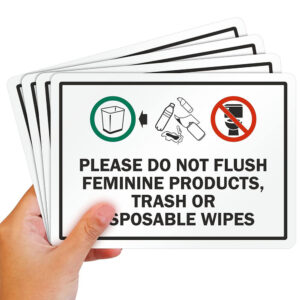In our world, surrounded by countless products, each bearing its unique identifier, understanding the concept of labelling becomes paramount. Labelling goes beyond mere tags or stickers; it’s an essential communication tool between brands and consumers. It informs, guides, and helps in decision-making.
Labelling categorizes into four primary types: descriptive, grade, brand, and informative. Each type serves a unique purpose, providing valuable information ranging from product content, usage instructions, care advisories, to health warnings, thereby facilitating informed consumer choices and promoting safety.
The significance of these labels extends to compliance with legal requirements, marketing strategies, and even consumer education. As we delve into the specifics of each type, it’s crucial to grasp their roles in the product lifecycle, their impact on consumer perception, and how they can influence purchasing decisions.
Descriptive Labelling
Descriptive labels do exactly what their name suggests: they describe. They offer a snapshot of the product’s features, components, and uses. These labels are your firsthand information source, often detailing the materials used, care instructions, and sometimes the product’s origin.
The essence of descriptive labelling lies in its ability to provide consumers with a clear understanding of what they are purchasing. It serves not only to inform but also to entice, by highlighting key features and benefits that may appeal to the consumer’s needs or values. For businesses, it’s an opportunity to differentiate their product from competitors and emphasize unique selling points.

Grade Labelling
Grade labels are prevalent in products where quality or size classifications are essential—think agricultural products, textiles, and electronics. These labels categorize products into different quality levels or sizes, helping consumers choose based on their preferences or needs.
Grade labelling simplifies the decision-making process for consumers, especially in markets with vast product ranges. It provides a shorthand evaluation of quality, which can be particularly useful in products where quality varies significantly, such as fresh produce or meat. For businesses, grade labelling can be a tool to segment the market, cater to different consumer segments, and justify price differences based on quality.

Brand Labelling
Brand labelling is all about identity. It’s the label that showcases the brand name, logo, and sometimes the brand’s signature color scheme or design. This type of labelling is crucial for brand recognition and loyalty, as it helps consumers quickly identify products from their preferred brands.
The power of brand labelling lies in its ability to build a connection with the consumer. It’s not just about the name; it’s about the values, quality, and reputation that the name represents. For businesses, effective brand labelling can lead to increased consumer trust and loyalty, which is invaluable in a competitive market.

Informative Labelling
Informative labels are the educational component of labelling. They go beyond basic descriptions to provide detailed information about the product’s use, safety, care, and disposal. This can include instructions for use, warnings for potential hazards, nutritional information, and even environmental impact information.
The purpose of informative labelling is to ensure the consumer is fully informed about how to use the product safely and effectively. This type of labelling is not just beneficial for consumer safety; it also serves as a form of risk management for businesses, helping to mitigate liability issues by ensuring consumers are well-informed about their products.

Conclusion
Understanding the four types of labelling is crucial for both consumers and businesses. For consumers, it means making informed choices about the products they purchase. For businesses, it’s about communicating effectively with their audience, complying with regulations, and leveraging labelling as a strategic tool in their marketing arsenal. Each type of label plays a vital role in the lifecycle of a product, from conception to consumption, making labelling an indispensable element of the modern marketplace.
We are a professional manufacturer of labeling machine equipment. For example, we have the largest shipment of wire labeling machine recently. We also provide labeling customization service as well.
You may be interested:
- What is labelling equipment?
- What is the best cable Labelling?
- How do you label instrument cables?
- What is the instrument used for Labelling?






